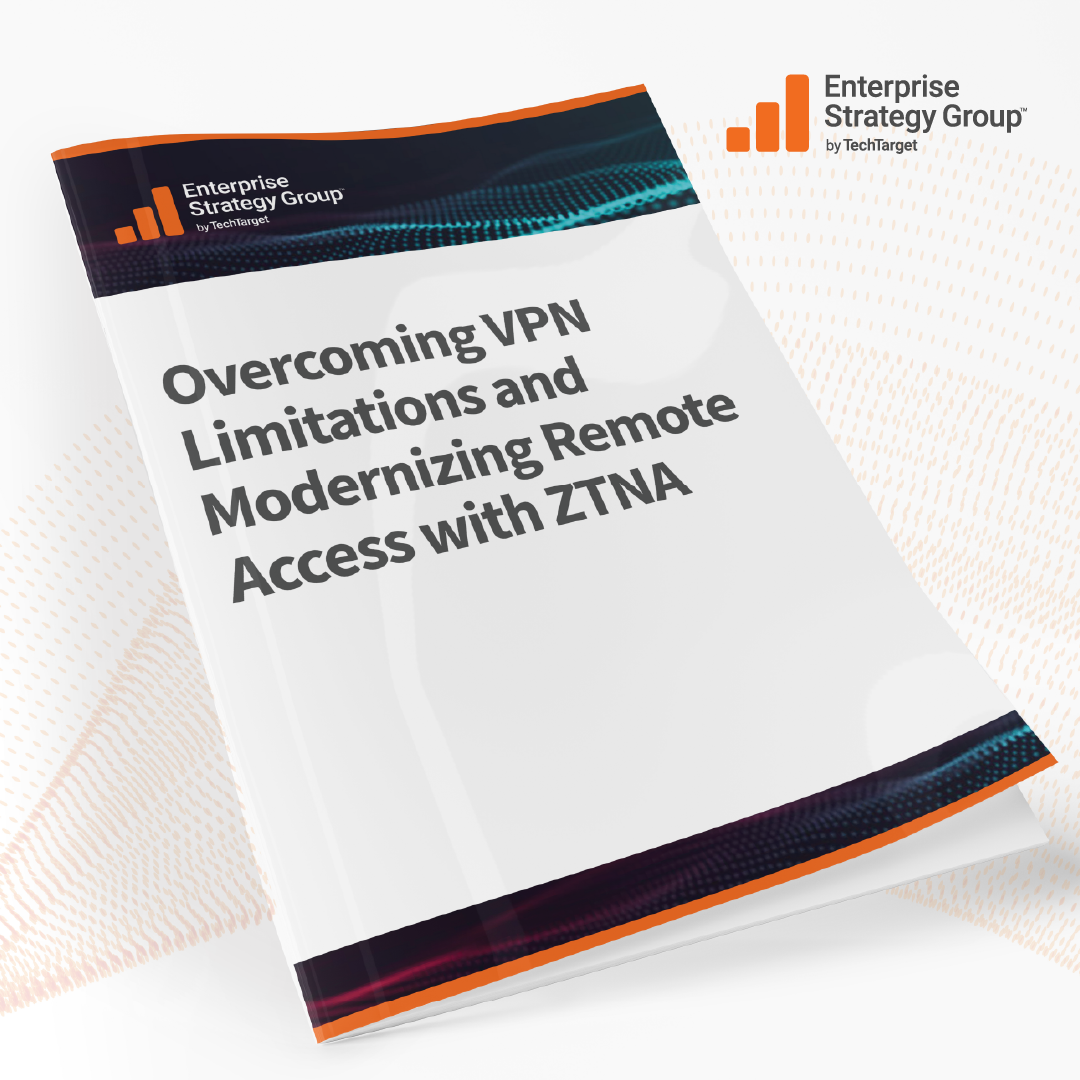
Security Challenges Facing Today's Enterprises
According to the SANS Institute, the castle and moat approach to network security is no longer practical. The network perimeter is blurred because employees, contractors, and strategic partners are working from anywhere on any device. Many organizations struggle to balance secure access with productivity.
- 85% of breaches involved a human element1
- 61% of breaches involved credentials1
- 1/3 of breaches were social engineering, which is the most common pattern1

Why Organizations Need a VPN Replacement Strategy
The path to simple, more intelligent, reliable, and secure access.
According to Enterprise Strategy Group research, 67% of organizations currently use VPN to support remote access. But, the nature of work has fundamentally changed. It has blurred the perimeter and dramatically expanded the attack surface. Learn how some organizations are getting ahead of cyber challenges by turning to ZTNA.
How Legacy Network Security Solutions Can Leave You Exposed
VPN Technology Is Often Vulnerable to Cyberattacks
VPN Access Controls Are Overly Permissive
VPNs Were Never Designed to Detect or Thwart Malware, Ransomware, and Phishing Attacks

ZTNA as a First Line of Defense
In a Zero Trust model, any user, device, system or application shall not be trusted. Access is controlled using adaptive authentication and authorization policies through identity-and context-based factors.
- Dynamic Access Policies - Access can be selectively restricted or blocked based on AI-powered continuous authentication and real-time risk scores.
- Direct Access to SaaS Apps - ZTNA eliminates the costs, timeouts, and performance issues of backhauling cloud traffic to the corporate network.
- Easy to Implement and Manage - The cloud-based architecture is highly scalable, and makes configuring and managing context-aware policies hassle-free.
Defend Your Network and Endpoints Without Interruption
CylanceGateway™ and CylancePROTECT® prevent unauthorized access to business networks with Cylance® AI that automatically detects and stops known and zero-day threats from compromising networks, devices, and user identities. Start building a zero trust security framework with BlackBerry solutions.

